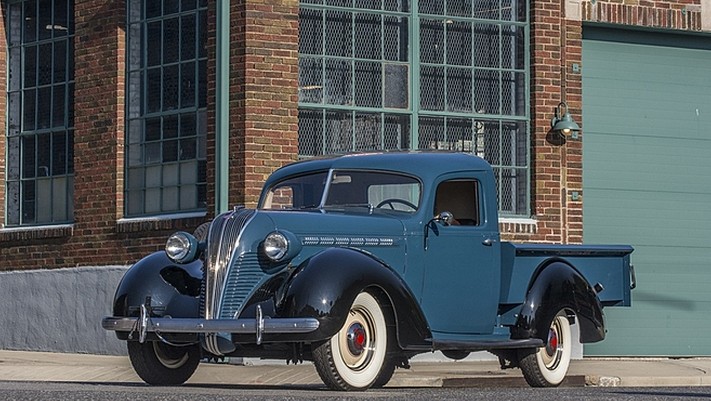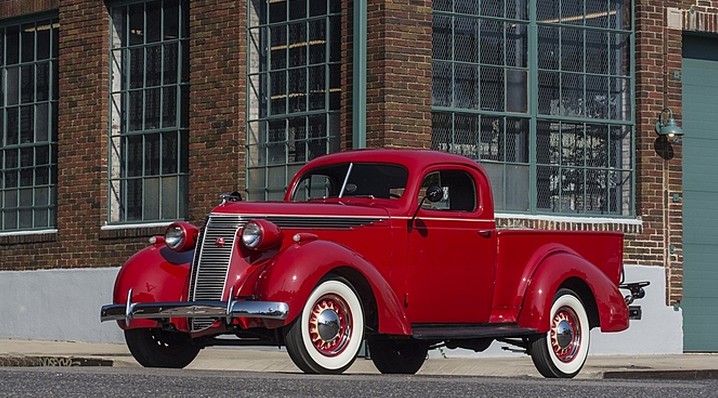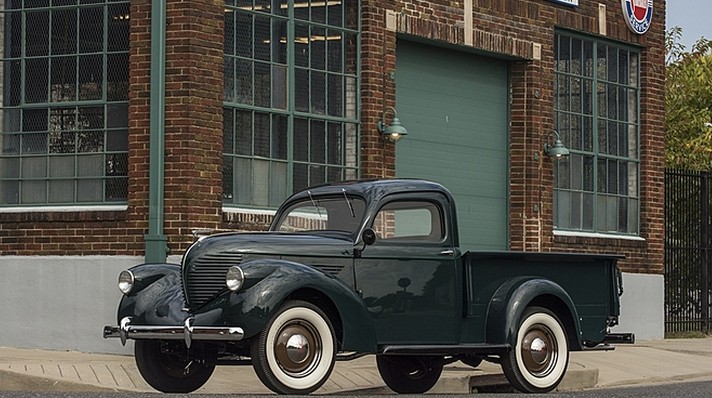Offered by RM Sotheby’s | Hershey, Pennsylvania | October 10-11, 2019
1906 White Model F Touring

Thomas White‘s sewing machine business gave way to steam cars in 1900. The company was a pioneer in their field, but they ultimately saw the light and phased out steam cars in favor of gas-powered vehicles in 1912.
This 1906 Model F Touring was the second-cheapest car White offered in 1906 after the Model F Runabout. At $2,800, it wasn’t cheap. But the White was one of the more popular – and more well-built – steam cars of their day. This one looks great but would look better with a convertible top. It should bring between $40,000-$60,000. Click here for more info.
Update: Sold $96,250.
1917 Chandler Type 17 Seven-Passenger Touring

Frederic Chandler worked for Lozier before he jumped ship in 1913 with a few of his fellow employees to form his own company. The Chandler was a hit and lasted through 1929, when it was acquired by Hupmobile and quickly phased out.
There were a lot of cars “in the middle” of the American market in the 1910s and 20s. Chandler was one of the better ones in that class. This 1917 model is powered by a 27 horsepower 4.4-liter inline-six. Five body styles were offered, and the seven-passenger touring sold new for $1,395. This time around it should bring between $20,000-$30,000. Click here for more info.
Update: Sold $18,700.
1923 Gardner Model 5 Five-Passenger Sedan
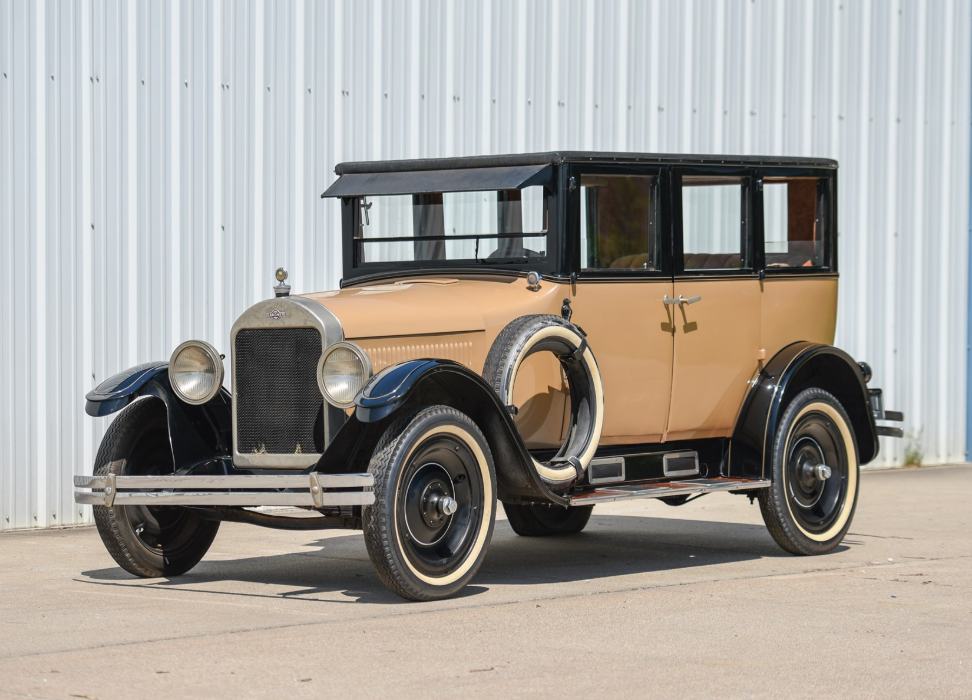
The most interesting thing about this Gardner sedan, to me, is thinking about who purchased it in 1923. No one in 1923 knew that GM, Chrysler, and Ford would still be around 100 years later. But surely someone assumed Gardner would’ve been. After all, it was a well-regarded company from St. Louis that built a fair number of cars. It’s just hard to imagine someone wandering down to their local Gardner dealer and plunking down the cash.
Gardners were built from 1920 through 1931, and the company sort of inched upmarket each year, with their final offerings bordering on luxury cars. Kind of like Chrysler. But back in ’23, they were just another middle-class marque. The Model 5 could be had in a few styles, the sedan selling for $1,365. It kind of looks like a taxi and is powered by a 43 horsepower inline-four. It is expected to bring between $20,000-$30,000. But I bet it goes cheaper than that. Click here for more info.
Update: Sold $13,200.
1930 Marquette Model 35 Five-Passenger Phaeton
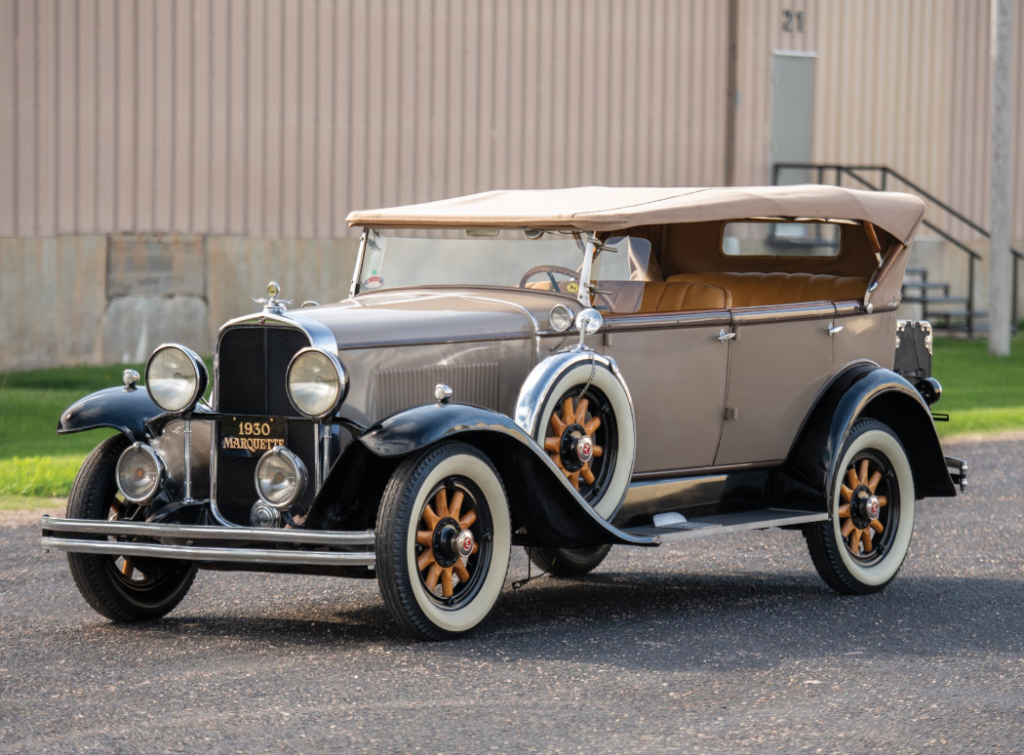
GM’s “companion make” philosophy in the 1920s and 1930s gave us Pontiac and LaSalle. Both of which were relatively successful. In fact, Pontiac was so successful that GM killed off the brand that spawned it, Oakland. So they figured they’d give Buick a companion. And they did: Marquette.
It only lasted for a single model year. Six models were offered, all priced right at about $1,000. All Marquettes are powered by a 3.5-liter inline-six good for 67 horsepower. The Model 35 Phaeton sold for $1,020, and this is one of 889 such cars built.
In all, Marquette production totaled 35,007 before GM killed it off. This rare survivor should bring between $15,000-$25,000, which seems like a steal. Click here for more info.
Update: Sold $15,950.
1933 Terraplane Deluxe Six Model KU Sedan
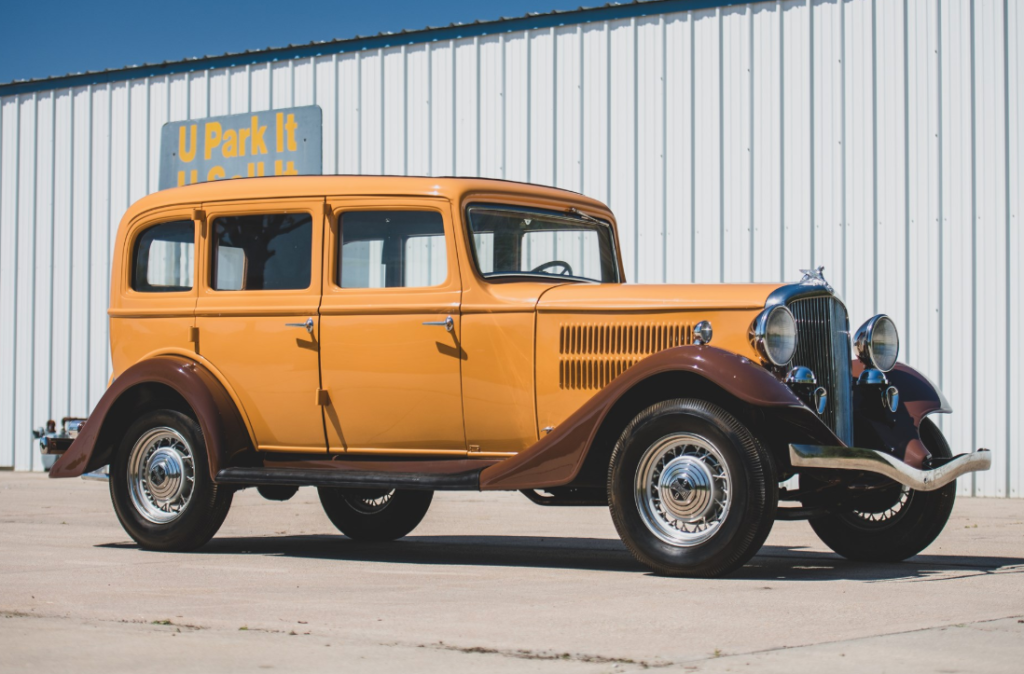
I was excited to feature an Essex. But I forgot that Hudson killed off the Essex marque in favor of Terraplane beginning in 1933. So instead of featuring a final-year example from Essex, we’re featuring a launch-year example of the Terraplane.
Terraplane offered six and eight-cylinder cars in 1933 that were essentially down-market Hudsons. A slew of body styles were offered, and the sedan cost $655 when new. A 3.2-liter inline-six good for 70 horsepower provided the oomph. This is a handsome car in good colors. It’s well-trimmed, with chrome bumpers and four suicide doors. The best part is it is usable and is expected to fetch only $15,000-$25,000. Click here for more info and here for more from this sale.
Update: Sold $18,700.


